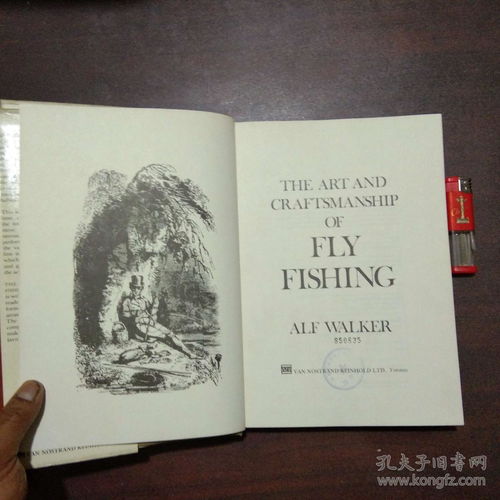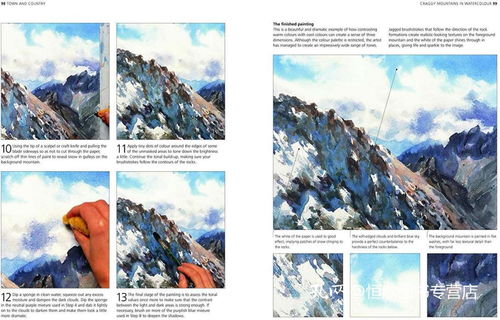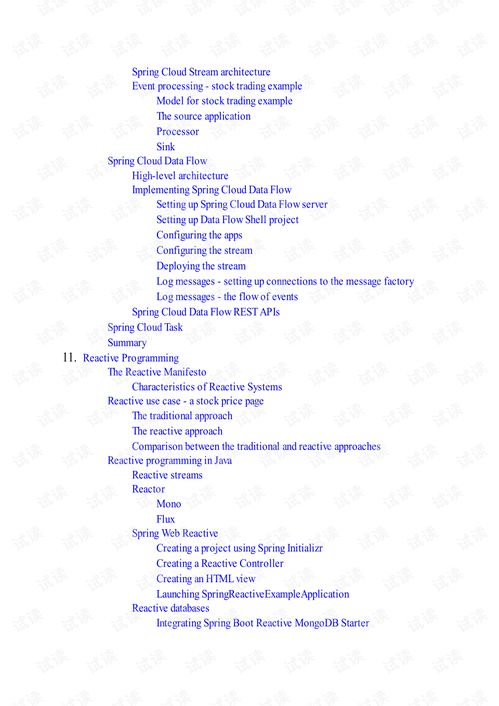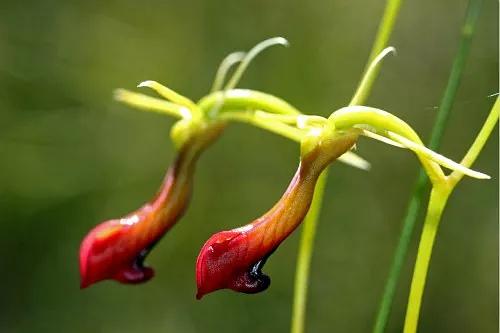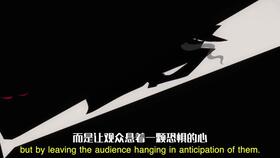Content:
Introduction: Fishing with a double hook setup can be a highly effective method for catching a variety of fish species. However, achieving balance and finesse in this technique requires a keen understanding of the mechanics and the art of balancing the double hook. In this article, we will delve into the essential double hook balancing techniques, accompanied by a detailed diagram to guide you through the process. Whether you are a seasoned angler or a beginner looking to refine your skills, this guide will equip you with the knowledge to master the double hook balancing art.
Understanding the Double Hook Setup: Before we dive into the balancing techniques, let's first understand the basic setup of a double hook. A double hook rig typically consists of two hooks attached to a single line, usually spaced a few inches apart. This setup is designed to increase the chances of catching fish by targeting different parts of the fish's mouth or presenting two baits simultaneously.
Balancing the Double Hook: The Basics
Hook Size and Weight: The first step in achieving balance is to select the appropriate hook sizes and weights. The hooks should be similar in size and weight to ensure equal resistance when a fish takes the bait. Using hooks that are too heavy or too light can disrupt the balance and lead to uneven fishing performance.
Proper Length of the Leader: The length of the leader between the two hooks plays a crucial role in maintaining balance. Generally, a leader length of 6 to 12 inches is recommended. This allows the hooks to spread out enough to prevent tangling while still being close enough to maintain balance.
Equal Tension: It is essential to ensure that both hooks are under equal tension. This can be achieved by adjusting the length of the leader or by using a swivel or a rigging tool that allows for equal tension distribution.
Balancing the Double Hook: Step-by-Step Technique
Step 1: Choose the Right Hooks Select two hooks of the same size and weight. For instance, if you are using a size 4 hook, choose another size 4 hook for the second hook.
Step 2: Attach the Hooks to the Line Thread the line through the eye of the first hook and tie a secure knot, such as an improved clinch knot or a uni knot. Repeat the process for the second hook, ensuring that both hooks are attached to the same line.
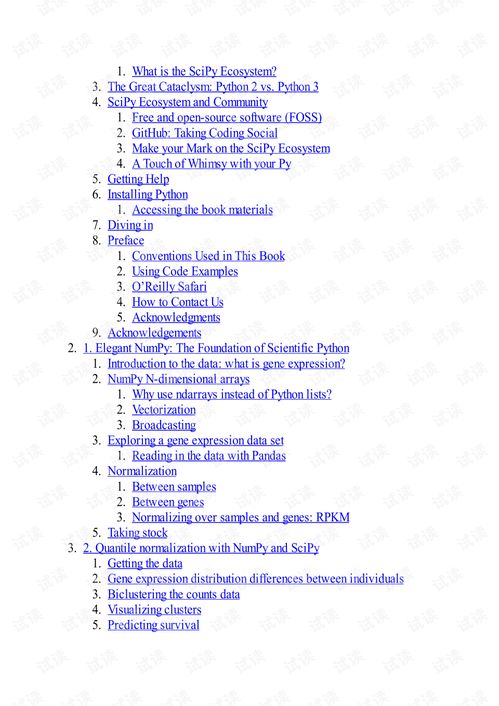
Step 3: Adjust the Leader Length Cut a piece of monofilament line or fluorocarbon leader material that is 6 to 12 inches long. Attach one end of the leader to the line near the first hook using a loop knot or a surgeon's knot. Tie the other end of the leader to the second hook in a similar manner.
Step 4: Equalize Tension If the hooks are not under equal tension, adjust the leader length or use a rigging tool to ensure that both hooks are pulled with the same force. This can be done by adding or removing line from the leader or by using a rigging tool to tighten or loosen the tension.
Step 5: Test the Balance Before casting, give the rig a gentle tug to ensure that both hooks are moving in sync. If one hook is more responsive than the other, adjust the leader length or tension until both hooks balance evenly.
Balancing the Double Hook: Diagram Guide
[Insert a detailed diagram here, showing the following elements:]
- Two hooks of the same size and weight attached to the line.
- A leader of 6 to 12 inches connecting the hooks.
- Equal tension applied to both hooks.
- A visual representation of the balanced double hook rig in action.
Conclusion: Balancing a double hook setup is a fundamental skill for any angler looking to enhance their fishing experience. By following the step-by-step technique and utilizing the provided diagram guide, you can achieve a well-balanced double hook rig that maximizes your chances of catching fish. Remember, practice makes perfect, so don't hesitate to experiment with different hook sizes, leader lengths, and tensions to find the perfect balance for your fishing preferences. Happy fishing!
